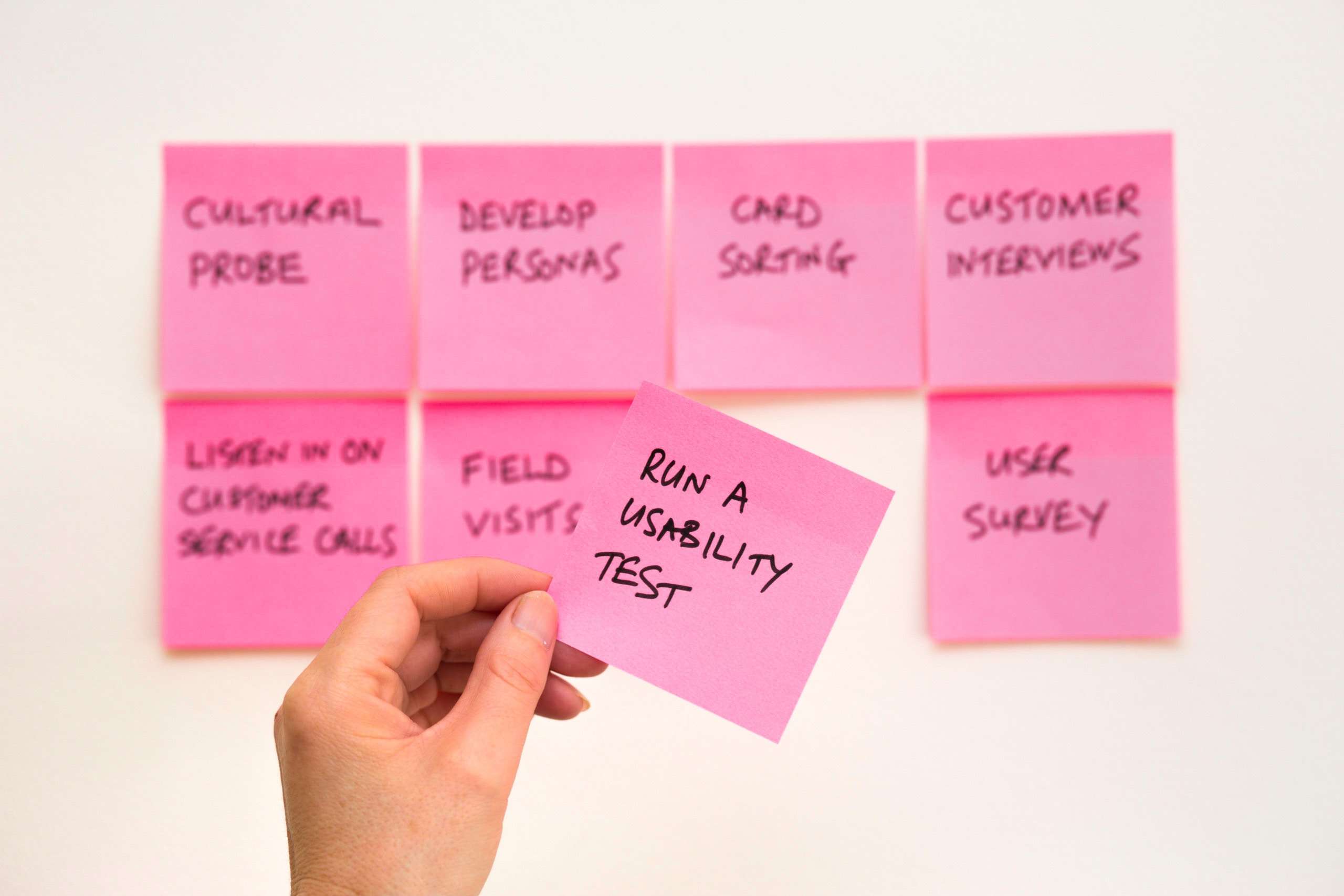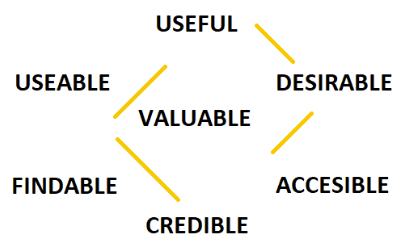Imagine you want to buy the latest book by your favourite author and that this book concerns marketing. You open the website of a bookstore and you are impressed by its layout. Wow! It may be the most beautiful online shop you have ever seen. Everything is well thought out and there are inspiring quotes situated in every corner..
But wait. It looks amazing, however.. where is that book?! You are looking for it for about 10 minutes and you get the impression that it has been hidden away from view. Finally you manage to find it so you proceed to the checkout process. It turns out that this step is even worse than the previous one. It’s so complicated and long… does it ever end?!
Well, in the end, you are so angry that you don’t finish the process of buying. Moreover, you don’t want to look at this beautiful but impractical website anymore.
This is a classic example of a great User Interface (UI) but a poor User Experience (UX). UI concerns the general layout of a product, UX is concerned with a customer’s impression when using it.
In this article, let’s deal with the definition of UX.
What is a User Experience?

In the modern day when people develop hundreds of software applications, websites or mobile apps the term UX (User Experience) is getting more and more significant, particularly in the IT industry. This term concerns a human-computer interaction and the usability of interactive products.
The development of computers and electronic devices is a major reason why the importance of User Experience has grown.
According to Don Norman – director of Design Lab at the University of California and former Vice President of Apple, User Experience :
“encompasses all aspects of the end-user’s interaction with the company, its services, and its products.”
He also said:
“I invented the term because I thought human interface and usability were too narrow. I wanted to cover all aspects of the person’s experience with the system including industrial design graphics, the interface, the physical interaction and the manual. Since then the term has spread widely, so much so that it is starting to lose its meaning.”
Basically, we can say that UX is user feedback concerning the usability of a product. It matters what they feel while becoming familiar with your products or services.
It is not merely a case of whether the interaction is pleasant or not. It concerns the ease of use, speed of working and the attractiveness or usefulness of a product. All these elements have an impact on customer satisfaction or dissatisfaction with a product.
User Experience honeycomb
As there are far more aspects of UX than only usability Peter Morville, a pioneer in the UX field, created the User Experience honeycomb. The main aim of building this scheme was to educate customers and help them understand the idea of UX.

This pattern shows that User Experience is something much more complex than it seems to be. It can help designers find areas that should be improved while preparing the product.
User Experience is the way customers interact with a product. It can either meet user needs or not.
Why is User Experience so important?

For example, if a customer can’t figure out how to change the password or sign up they probably will not go back to your website. As people remember negative experiences more vividly than positive ones this adds to the importance of getting the User Experience right.
User Experience could be a main factor in determining if a customer will use your product again or not. It may also have an impact on the conversion rate. It’s a performance indicator that informs you how many people (of all those visiting your website) completed a desired goal, like buying a product or signing up for a newsletter. By creating a friendly UX you can increase sales on your website.
So what exactly does a UX designer do? Let’s take a closer look at their responsibilities.
PRODUCT AND USER RESEARCH

This part also includes market research. A UX designer gets information about prospective customers: their needs, objectives and behaviours. On the grounds of this they are able to create personas – user types, people that might use the company’s products.
Buyer personas are simply fictional representations of your ideal clients. Creating them will help you to choose which features may be important for your customers during product development.
A UX designer examines the competition and arriving trends as well. Thanks to this they are able to find qualities that could be most valuable for the client. This information will be a very precious source of data while making important decisions.
WIREFRAME OUTLINING
The next step is to outline wireframes. On the grounds of the research that has been conducted the UX designer creates sketches that show assumptions regarding user behaviour. These designs don’t need to be precise. However, they should reflect all the stages in terms of interaction with a product in a static way.
PROTOTYPING
This phase is very significant in terms of usability issues. It is the moment to check if previous assumptions were correct.
The main aim of prototyping is to test the product before releasing it. You can see how real users behave while interacting with your product and refine where it’s needed. Thanks to this you will avoid spending big amounts of money on a product that will not satisfy a customer in the end.
Remember that the prototype will not look like the final product. It must primarily show how the main functionalities work.
PRODUCT TESTING

This is the last stage in UX designing. As a product is almost ready to launch it’s necessary to test it on different groups of people.
It’s a good idea to be present when the product is tested or at least carefully record the relevant reactions. It’s the best way to gain genuine feedback.
WRAP-UP
You must be aware that UX design has no end. Even after releasing the product you have to control the market situation, track feedback and make adjustments where necessary.
We hope that we helped you to understand the definition of User Experience. UX is the key to making a customer happy and satisfied with your product.
This article was only the introduction to the next which concerns UX design trends in 2018.
Need a help with building a website application?